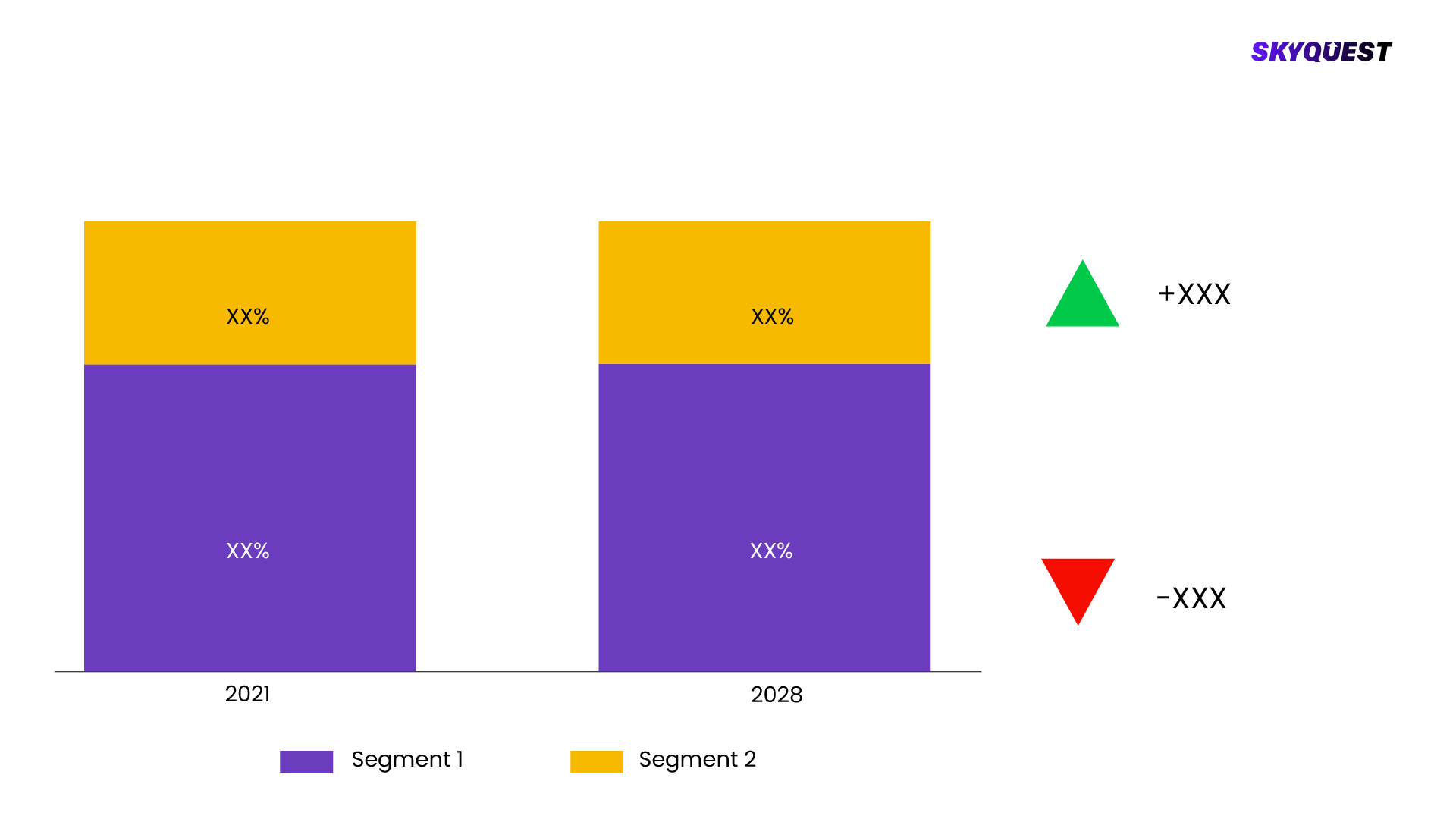The key players operating in the Pulmonary Drug Delivery Systems Market are involved in the development of novel MDIs and the high acceptance rate of these devices in developing regions, such as Asia Pacific and Latin America, are some of the factors responsible for the revenue generated by this segment., Dry Powder Inhaler (DPI) segment is anticipated to grow at a lucrative rate during the future period. Advantages such as cost-effectiveness, short administration, and preparation time, and others are anticipated to increase the use of these inhalers by end users. Due to technological advancements, DPI emerged as a preferred medical device for the treatment of a diverse range of respiratory disorders, which has in turn increased the utilization of these products. The abovementioned factors are likely to propel the growth of this segment., Nebulizers are projected to grow at a steady rate over the future period. These devices are the most frequently used inhalation devices in hospitals. Nebulizers have a high adoption rate in home care and emergency medicine due to their benefits, such as greater comfort, administration of large dosage, and favorable reimbursement scenario, which is expected to help maintain a steady demand for this product segment., The accessories segment is estimated to grow at a CAGR of 5.6% owing to the launch of new products and extensive R&D in this field. These products are necessary for efficient drug delivery to a patient’s lungs. Abovementioned factors are anticipated to support the segment development, Application Insights, The asthma segment held the dominant share in 2016. An effective inhalation therapy that uses DPIs and MDIs is considered to be the basis of asthma management. Owing to the high number of people affected by asthma, the demand, and usage of devices such as MDIs and DPIs for asthma management are increasing, boosting the growth of this application., The dynamic growth of the COPD segment can be attributed to the high incidence and mortality of this disease. Favorable reimbursement policies for the treatment of COPD and a rise in the number of government and non-government organizations that provide COPD treatment are increasing revenue generated by this segment. Owing to these factors, the COPD segment is expected to grow consistently., Treatment of allergic rhinitis involves the use of nasal sprays, dry powder inhalers, and allergy shots. According to the National Center for Health Statistics (NCHS), in 2016, 20 million adults aged more than 18 years and 6.1 million children in the U.S. were diagnosed with allergic rhinitis. Due to a large patient pool, the demand for PDDS devices is projected to increase, resulting in the development of this segment., The other application segment is anticipated to exhibit progress owing to the rise in patients diagnosed with various chronic diseases. According to the CDC, in 2016, 29.4 million adults were diagnosed with sinusitis in the U.S. Treatment of such diseases demands the use of PDDS. These factors are expected to provide this segment growth opportunity., Distribution Channel Insights, Hospital pharmacies segment held the dominant share of the PDDS in 2016 and is projected to continue its dominance in the future. Hospitals provide extensive treatments, care, quick reimbursements, and insurance policies owing to which patients prefer hospital pharmacies. Furthermore, an increased number of hospitalizations is expected to boost the growth of this segment., Retail pharmacies are expected to show steady growth over the future period, owing to easy accessibility and affordability. Hospitals and clinics rely on retail pharmacies as a backup for medications. Moreover, most of the home care products are available in retail pharmacies. These factors are likely to be responsible for the constant growth of this segment., E-commerce is anticipated to grow at a CAGR of 5.4% during the forecast period. Various factors such as improving healthcare infrastructure in developing regions and convenience of purchasing in comparison to retail or hospital pharmacies have supported the growth of this distribution channel to a great extent., The trend of online purchasing and the demand for it is growing due to comfort, flexibility, and convenience, which is increasing the revenue generated by this segment. Moreover, online shopping offers discounts that benefit customers. These factors are expected to collectively boost the demand for online pharmacies., End-use Insights, As of 2016, hospitals accounted for the largest revenue share of the PDDS. Hospitals are currently advancing in terms of technology usage. Technologically advanced medical devices are being extensively used in hospitals to improve point-of-care. Furthermore, hospitals also provide a wide array of treatments for various respiratory diseases., In developed regions such as North America and Europe, hospitals also provide quick reimbursements for COPD treatment under the Medicare program. These facts are expected to stimulate the utilization of PDDS devices in hospital settings, leading to growth., The home care segment is expected to exhibit lucrative growth over the future period. Growing preference for home healthcare is expected to boost the use of PDDS devices in home care settings. An increase in the cost of health care services and a shortage of healthcare facilities have also led to an increase in demand for home care services., The introduction of technologically advanced devices, which are portable and small-sized, has resulted in patients using such products at home. These devices are convenient, easy-to-use, and do not require any special training to operate. These associated advantages are expected to increase the adoption of PDDS in home care, thereby boosting the growth of this segment., Regional Insights, North America held the dominant share of PDDS and was valued at USD 14.9 billion in 2016. This growth can be attributed to the rising incidence of diseases such as COPD and asthma. A rise in the number of patients affected by these diseases, increases the demand for diagnostic devices, such as PDDS, thereby boosting the growth of this region., In addition, the local presence of key pharmaceutical and medical devices players, advanced healthcare infrastructure, aging population, high disposable income, and lifestyle changes are factors contributing to the overall growth of the North America respiratory drug delivery devices market., Asia Pacific region is anticipated to grow at an exponential rate of 6.2% due to the high prevalence of COPD, which indicates a substantial socioeconomic burden in this region. Continuous increase in the number of asthmatic and allergic rhinitis patients is also a major factor that is anticipated to propel the market demand for PDDS in the Asia Pacific region during the forecast period., Furthermore, a rise in the number of supportive nongovernment organizations, such as the Asia Pacific Association of Allergy, Asthma and Clinical Immunology (APAAACI), is estimated to increase awareness about the treatment of respiratory disorders amongst patients, leading to market growth. Continuous increase in R&D activities by key market players to develop novel respiratory devices is also expected to support the growth of the Asia Pacific region., KEY MARKET SEGMENTS, By Product, Metered Dose Inhalers, Dry Powder Inhalers, Nebulizers, Mesh, Vibrating, Static, Pneumatic, Vented, Breath Actuated, Ultrasonic, Accessories, By Application, Asthma, Cystic Fibrosis, COPD, Allergic Rhinitis, Others, By Distribution Channel, Retail Pharmacies, Hospital Pharmacies, E-Commerce, By End-use, Hospitals & Clinics, Homecare, By Region, North America, Europe, Asia Pacific, Latin America, Middle East and Africa, KEY PLAYERS, GlaxoSmithKline plc, Philips Respironics, Boehringer Ingelheim GmbH, Novartis AG, 3M Healthcare, GF Health Products, Inc., Merck & Co., Inc., AstraZeneca.



